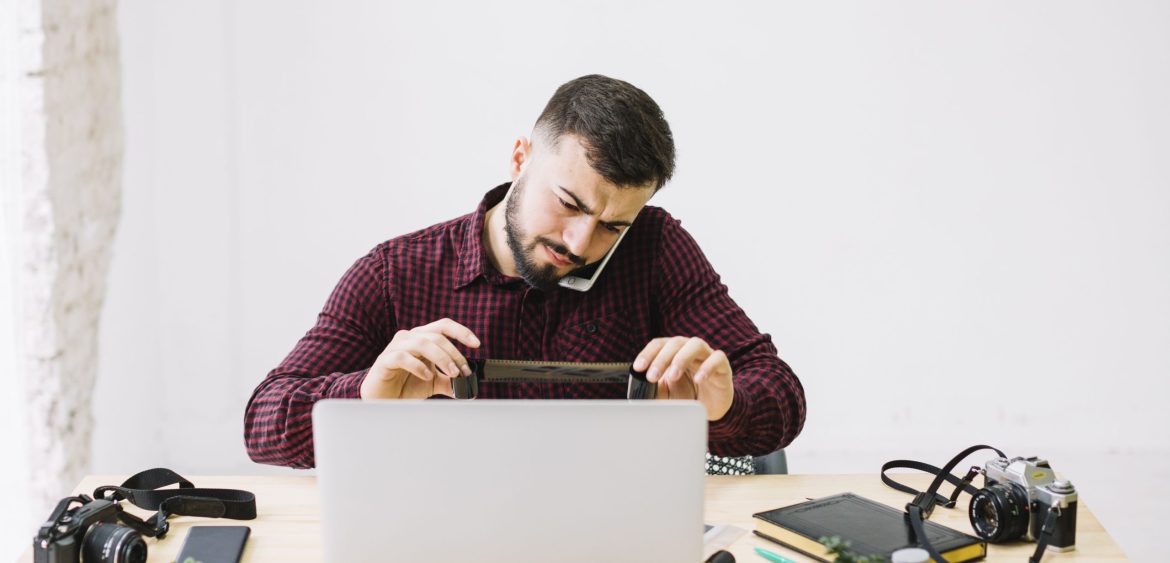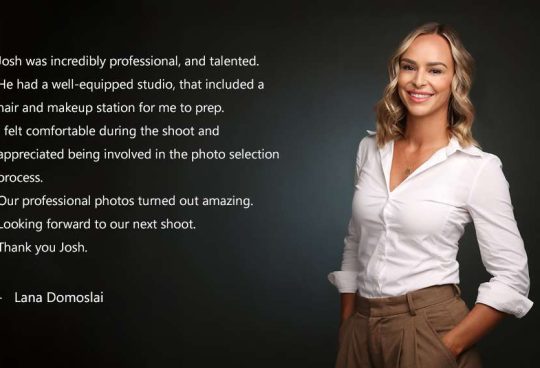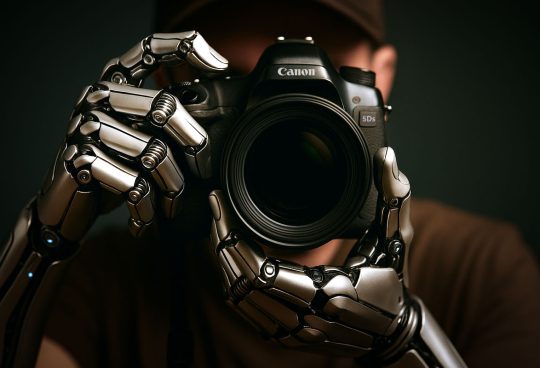The Transformative Role of AI in Photography: Implications for Service Rates
In a world increasingly driven by technological advancement, artificial intelligence (AI) is emerging as a pivotal force reshaping various industries. The photography sector is no exception. As AI continues to refine creative processes and streamline workflows, it prompts a reassessment of traditional practices and economic dynamics. The implications for photographers, especially regarding service rates, present both challenges and opportunities. In this landscape, understanding how AI affects creative output and pricing strategies becomes paramount for professionals seeking to maintain relevance and competitive advantage.
The New Era of Photography: AI’s Influence
Photography as a craft blends artistic expression with technical acumen. Traditionally, professional photographers have dedicated considerable time to post-production tasks such as image enhancement, background removal, and color correction. However, the advent of AI tools has revolutionized these processes. Tools now capable of automating routine editing tasks mean photographers can redirect their focus toward the creative and conceptual elements of their work. This transition represents a significant shift in the photographer’s role, moving from technical laborer to creative visionary.
With smartphones equipped with sophisticated AI capabilities, amateur photographers can achieve professional-grade results with minimal technical knowledge. Applications such as Google Photos exemplify this trend, enhancing and organizing images effortlessly. This evolution raises critical questions: What does it mean for the professional photographer if high-quality imagery is no longer the sole domain of expertise?
Industry Threats: A Shifting Competitive Landscape
The rise of AI-powered image creation and editing introduces unprecedented competition not just from fellow photographers but also from artificial intelligence itself. In commercial photography sectors—such as advertising, product, and travel photography—businesses are increasingly drawn to the prospect of AI-generated images. The economic rationale is straightforward: a single software license often proves more cost-effective than the ongoing expense of hiring human talent.
While AI unlocks new creative avenues, it simultaneously threatens established professionals who may find themselves sidelined in favor of cost-effective alternatives. Professionals must now contend with the reality that AI can produce competent visual content, forcing them to reassess their value propositions in a rapidly evolving market.
Downward Pressure on Service Rates
As AI technology continuously advances, it exerts downward pressure on service rates within the photography sector. Companies recognizing the feasibility of fulfilling photographic needs through AI solutions have grown hesitant to invest in traditional photographic services, particularly in commoditized areas such as headshots, corporate portraits, and standard event coverage. The value proposition is clear: if AI can deliver satisfactory results at a fraction of the cost, less emphasis is placed on human creativity and expertise.
Photographers must navigate these changes judiciously. While competition intensifies, those who can differentiate their offerings or provide unique, customized experiences may still command premium rates. This paradigm means that professionals need to reassess their service structures to adapt to this new reality effectively.
With AI-driven editing significantly lowering the barriers to entry for photography, the market is becoming increasingly crowded. The transformation makes it essential for established photographers to justify their rates, which can often become challenging. The era of offering “good enough” photography, as facilitated by AI, has expanded the talent pool to include enthusiasts and amateurs, complicating the landscape for traditional professionals.
To navigate these shifts successfully, photographers must enhance their value propositions. This entails leveraging unique creative visions, personalized customer experiences, and sophisticated projects that demand artistic skill beyond what AI can currently replicate. As photographers recalibrate their services, some may also find it advantageous to integrate AI tools into their workflows to boost efficiency and productivity while maintaining creative input.
Bridging the Gap: Navigating Change
As the photography industry adapts to these seismic shifts, photographers and studios must engage in ongoing learning and evolution. Organizations should strive for continuous improvement, adopting innovative practices that integrate AI while preserving the artistry of photography. This balance ensures that they can offer services that bring genuine value to clients, maintaining both a competitive edge and pricing integrity.
In identifying best practices, photographers can also look towards modeling collaboration and partnerships that highlight the human element of photography. Rather than viewing AI solely as a threat, it can be positioned as an adjunct tool that enriches the photographic process. For instance, businesses that focus on producing corporate group photography or corporate headshots can emphasize the importance of personal touch and customization, assuring clients of the high-quality consistency achieved through a combination of human creativity and AI efficiency.
Have a look at our Attractive Headshot Packages
Choose from our Business Headshot Packages below to see which one suits you the best. You will get 15-60 minutes of shoot time and 1-5 pictures based on the package that you choose.
CAN’T FIND WHAT YOU ARE LOOKING FOR?
Feel like you require a bit more information on our services? Feel free to send us a text message.




Sorry, the comment form is closed at this time.